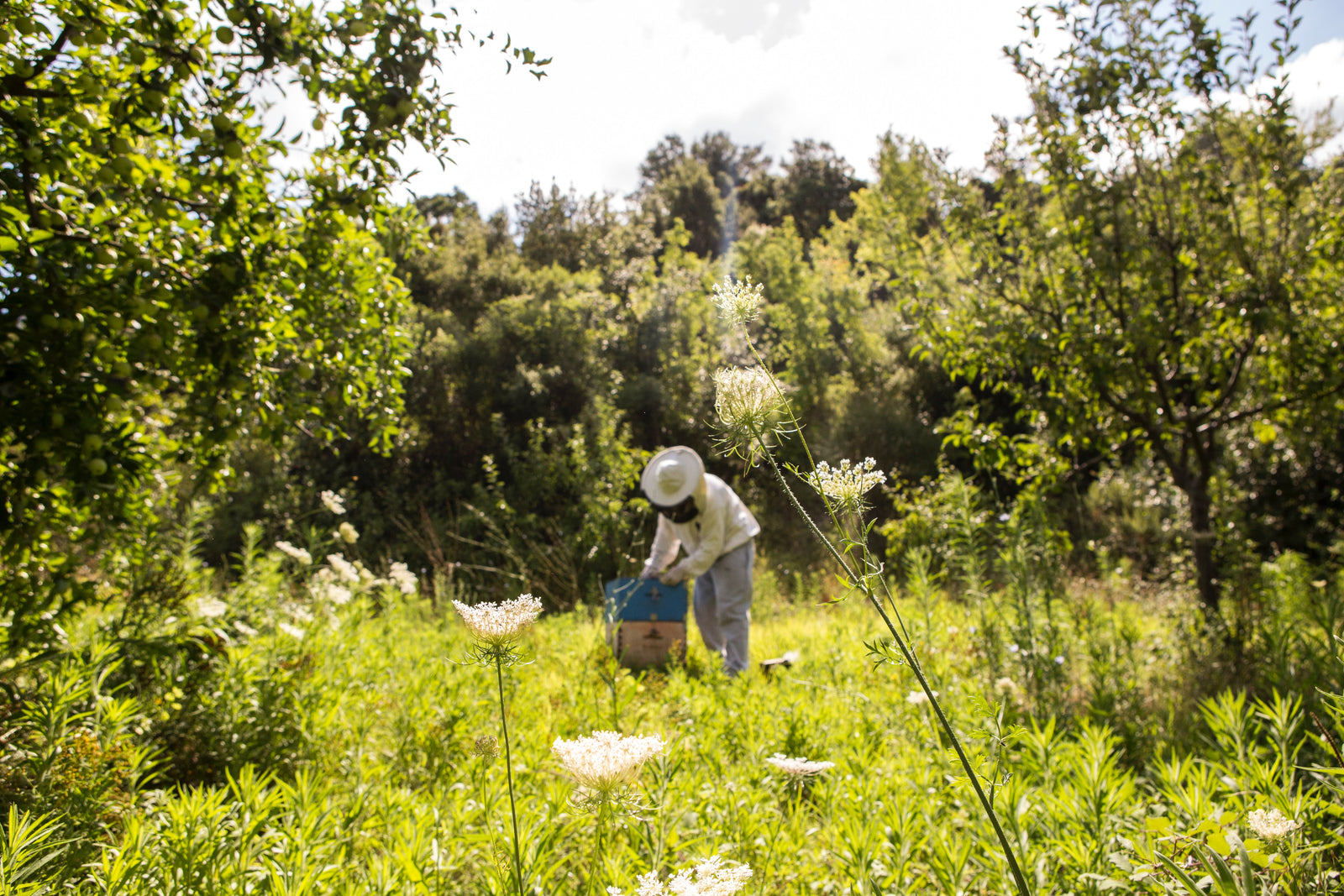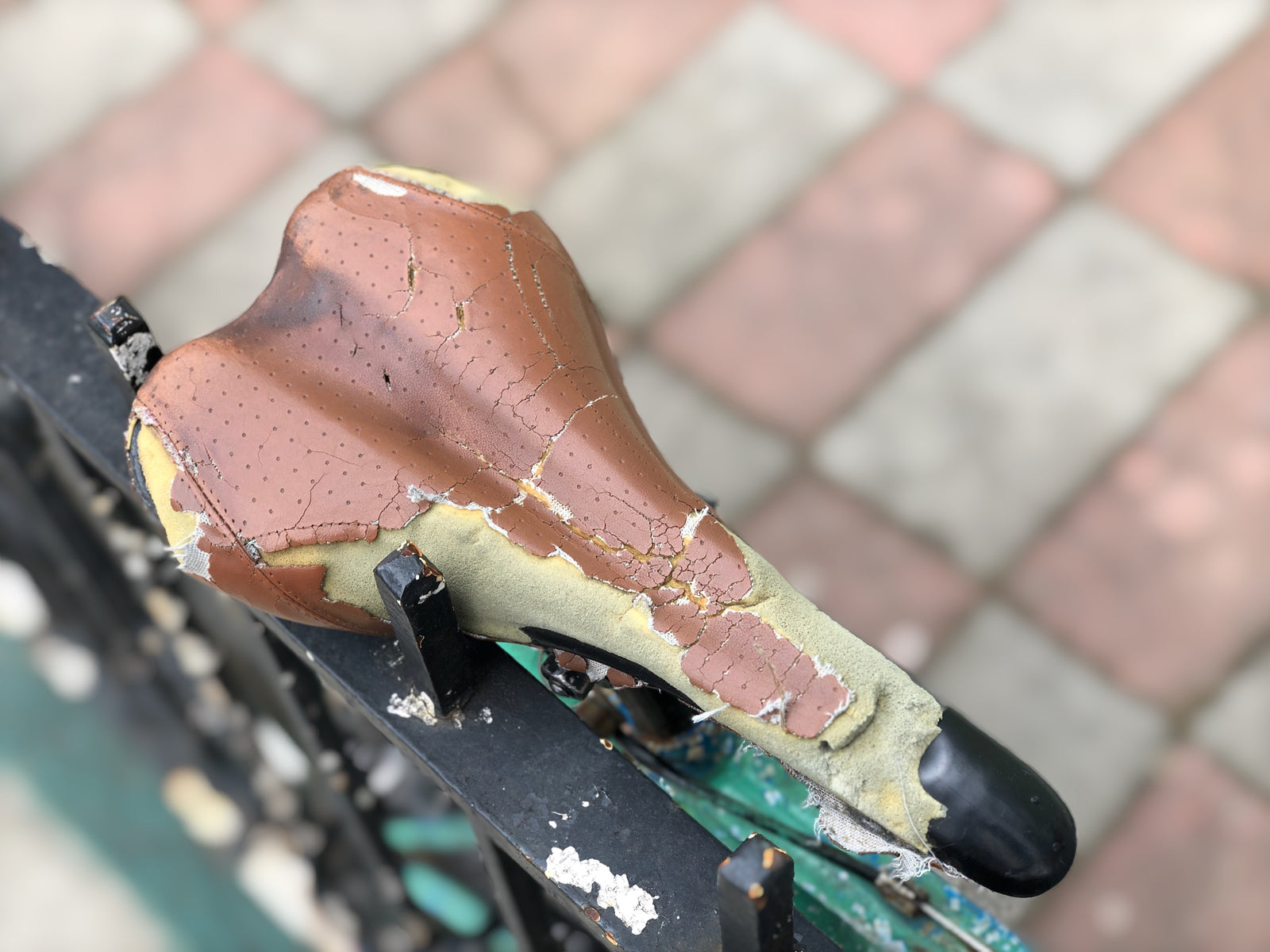3 Ways Propolis Will Up Your Healthstyle

What is propolis?
Most people don’t know that bees are not uniquely responsible for making honey.
Bees make another compound called propolis after combining the sap on needle-leaved trees with beeswax, which creates a sticky, greenish substance that’s used to build hives.
For thousands of years, propolis has been used by our ancestors for medicinal purposes to treat abscesses, wounds, and infections.
In fact, ancient Egyptians even incorporated it in embalming mummies. Crazy, right?! This stuff can do so much. But wait, there’s more.
Keep in mind that the chemical composition of propolis varies depending on several factors, such as the geographic location of the bees and the flowers used.
What makes propolis great for wound healing?
While trying to decipher the chemical composition of propolis, researchers discovered more than 300 compounds that belong to the polyphenols family, which possess potent antioxidant properties that temper down inflammation and oxidative stress.
The types of polyphenols found in propolis are known as flavonoids, which you can usually find in plants as it’s essential to protect the cells against foreign pathogens.
To appreciate the topical effects of propolis, it’s important to understand oxidative stress (let’s geek out for a minute, y’all!)
The body has a complex intracellular system that’s responsible for producing reactive oxygen species (aka free radicals) that primarily target the structural integrity of microbes (e.g., bacteria, viruses, fungi).
Unfortunately, reactive oxygen species (ROS) have one serious flaw, which is their inability to distinguish microbes from your own cells.
In other words, the same mechanisms involved in destroying foreign pathogens can wreak havoc on your cells and organs. Yikes!
To prevent this from happening, the cell recruits antioxidants obtained through the diet or synthesized internally.
The balance between ROS and antioxidants is strictly maintained to keep you healthy and disease-free.
However, this system is not perfect, which sometimes leads to an elevated number of ROS that cannot be neutralized by antioxidants; this condition is referred to as oxidative stress.
Based on years of experiments and clinical studies, researchers are certain of the major role that oxidative stress plays in a variety of medical conditions, including coronary artery disease, type 2 diabetes, neurodegenerative ailments (e.g., Alzheimer’s disease, Parkinson’s disease), some types of cancer, and an endless list of dermatological conditions.
For this reason, scientists are constantly on the lookout for potential compounds with antioxidative properties, which brings us to propolis.
Throughout several studies, propolis was shown to be a powerful antioxidant that can neutralize free radicals inside the cell.
Additionally, propolis can boost the function of other naturally-occurring antioxidant enzymes.
The science behind propolis
According to researchers, propolis protects against a variety of foreign aggressors, including bacteria, viruses, fungi, and proinflammatory compounds.
Unfortunately, the research in this field is somewhat limited; however, preliminary results are very promising, and scientists consider propolis to be relatively safe for topical use.
This compound can protect the skin against microbial infections (e.g., abscesses, cellulitis, rashes), dehydration, and chafing.
Due to the diversity of compounds found in propolis, researchers have been studying its effects on various dermatological conditions, such as wound healing, herpes, chafing, and more.
Here’s what we know so far:
1. Propolis helps in the treatment of wounds
One of the compounds found in propolis is pinocembrin, which is a flavonoid with antifungal properties. Consequently, using propolis on wounds could potentially accelerate their healing.
In a 2015 study, researchers found that propolis help patients with traumatic burns to heal faster by promoting cellular regeneration and growth.
Additionally, some evidence suggests that topical propolis is more effective in reducing the number of mast cells (primary drivers of inflammation) in wounds compared to steroid creams.
2. It treats cold sores and genital herpes, among other pesky skin issues
Ointments rich in propolis may accelerate the healing process of herpes-induced skin conditions, such as cold sores and genital blisters.
In one study, scientists found that topical propolis helps heal cold sores faster than placebo when applied three times a day.
Additionally, the study concluded that applying propolis cream reduces the risk of future herpes breakouts, which keeps your skin healthy and nourished.
3. It’s the perfect recipe for chafing
Anti-chafing creams that contain propolis, such as our Movement Balm, are extremely beneficial in soothing your skin before and after working. We all know that nothing stops our routine like chafing! Athletes complain of chafing and other skin problems during training (e.g., eczema, runner’s chafe) all the time.
Movement Balm is the only anti-chafing product that contains propolis on the market; it also has sunflower oil, virgin olive oil, beeswax, and wild calendula.
All these compounds possess impressive anti-inflammatory properties that make your exercise more efficient. Did we mention that the Movement Balm also reduces your risk of developing skin irritation that severely impacts your performance?
Are there any negatives to propolis?
As mentioned earlier, most experts consider propolis to be relatively safe, especially when used topically. In fact, whenever you consume honey, there are some quantities of propolis that get ingested.
The only contraindication to using propolis is being allergic to honey or bees, which can trigger a severe immune reaction.
If you suspect that you have an allergy to honey or bees, it might be a good idea to consult with your doctor before using this compound to avoid unnecessary side effects.
The Most Important Stuff:
Propolis offers a ton of health benefits that effect the brilliant machine that is your body, especially the skin, where it can soothe inflammation, chafing, and other skin conditions.
This stuff works. Trust us: Get the Movement Balm.




